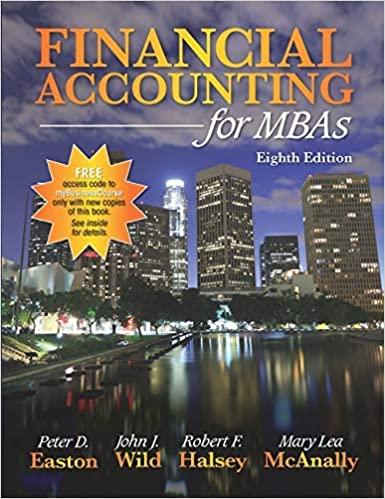Question 24 of 75. If a taxpayer's pension or annuity includes contributions that were previously included in gross income, the taxpayer may generally do all of the following EXCEPT Use the general rule to compute the tax-free part of their payments if they began receiving payments after November 18, 1996 Exclude the amount of the distribution that is considered a return of basis Assume that the tax-free part of the payment will remain the same each year, even if the amount of the payment changes. Use the simplified method to compute the tax-free part of their payments if they began receiving payments after November 18, 1996 Mark for follow up 1996. punts they began receiving payments after November 18, Exclude the amount of the distribution that is considered a return of basis Assume that the tax-free part of the payment will remain the same each year, even if the amount of the payment changes. Use the simplified method to compute the tax-free part of their payments if they began receiving payments after November IR 18, 1996 Mark for follow up m da Question 25 of 75. Which of the following distributions is eligible for rollover treatment? O A required minimum distribution (RMD) from a 73-year-old taxpayer's former employer's qualified plan. The taxpayer continues to work and is an active participant in his current employer's qualified plan O A hardship distribution. By the time the distribution was received, the taxpayer no longer faced the hardship O A distribution of excess deferrals made to a taxpayer because they were a highly-compensated employee who unknowingly paid too much into their employer's qualified plan. O A 55-year-old surviving spouse's distribution from a 60-year-old decedent's qualified plan. The decedent was employed at the time of death. Mark for follow up AR If a taxpayer's pension or annuity includes contributions that were previously included in gross income, the taxpayer may generally do all of the following EXCEPT Use the general rule to compute the tax-free part of their payments if they began receiving payments after November 18, Exclude the amount of the distribution that is considered a return of basis: Assume that the tax-free part of the payment will remain the same each year, even if the amount of the payment changes Use the simplified method to compute the tax-free part of their payments if they began receiving payments after November 1996 18, 1998 IRS Com Mark for follow up Question 25 of 75. payers the IRS ough its Which of the following distributions is eligible for rollover treatment? A required minimum distribution (RMD) from a 73-year-old taxpayer's former employer's qualified plan. The taxpayer continues to work and is an active participant in his current employer's qualified plan A hardship distribution. By the time the distribution was received the taxpayer no longer faced the hardship A distribution of excess deferrals made to a taxpayer because they were a highly compensated employee who unknowingly paid too much into their employer's qualified plan. O A 55-year-old surviving spouse's distribution from a 60-year-old decedent's qualified plan. The decedent was employed at the time of death Mark for follow up pool DVC Question 25 of 75. Which of the following distributions is eligible for rollover treatment? O A required minimum distribution (RMD) from a 73-year-old taxpayer's former employer's qualified plan. The taxpayer continues to work and is an active participant in his current employer's qualified plan A hardship distribution. By the time the distribution was received, the taxpayer no longer faced the hardship A distribution of excess deferrals made to a taxpayer because they were a highly compensated employee who unknowingly paid too much into their employer's qualified plan. O A 55-year-old surviving spouse's distribution from a 60-year-old decedent's qualified plan. The decedent was employed at the time of death Mark for follow up










